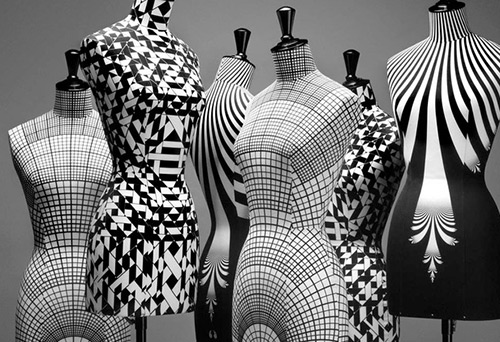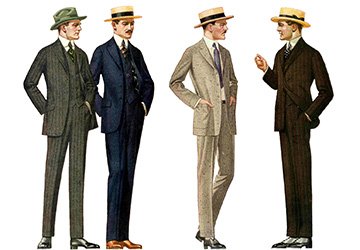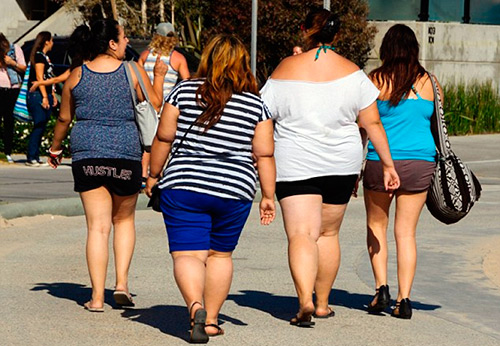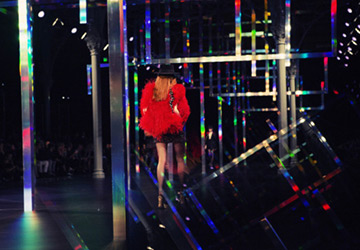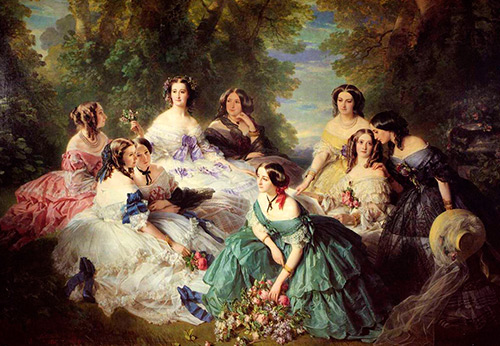Fashion world
Fashion both global and local
A bit of theory
Fashion is serious. Fashion is very serious. Girls are fashion bloggers, designer collections, Fashion Weeks are one side. Fashion as a business, industrial enterprises, factories that sew clothes, production of fabrics are the other side. And you can also look from above - at fashion as a system, at fashion as a historical phenomenon, at fashion as a part of culture, at fashion as a part of the life of society. Fashion as a whole phenomenon and event.

Still from the movie "Legally Blonde"
Fashion is the French word (mode), derived from the Latin modus, which means image, measure, rule. Fashion is the temporary dominance of a certain style in any area of life or culture. Fashion defines the style or type of clothing, ideas, behavior, etiquette, lifestyle, arts, literature, cuisine, architecture, entertainment, etc., that is popular in society at a particular time. Thus, fashion is fickle and time-dependent. Time is one of the main characteristics of fashion.
In this article, we will look at fashion in clothes, or rather, ways of presenting / highlighting fashion trends in various Internet sources. We will talk about fashion as a local and at the same time global phenomenon.
As for fashion in clothes, it first appears in the XIV-XV centuries at the Burgundian court (France). By the way, it was by this time that all types of clothing cut that are known to this day appear, and hence the ability to change the style, introducing some, sometimes insignificant innovations, which, however, completely change the whole image.
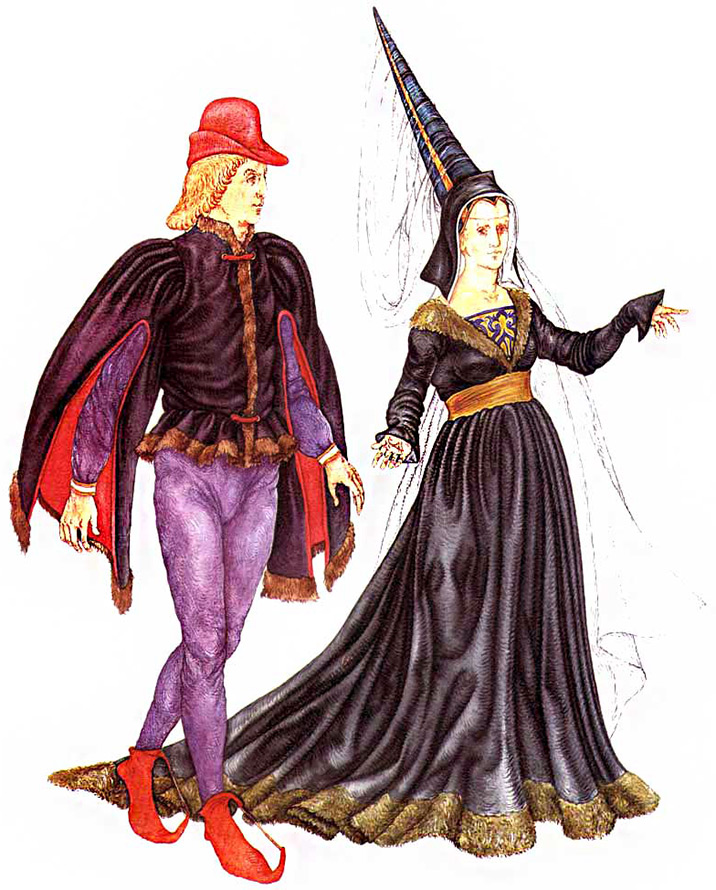
Burgundy fashion. The author of the illustration is the artist Daria Chaltykyan
Today, fashion is more of a commercial phenomenon than creativity. There are well-known brands and fashion houses, as well as four world fashion weeks - in Paris, Milan, London and New York, which set the main trends in fashion. Then these trends are picked up by other countries and cities, spreading around the world, becoming more widely available and eventually coming to naught. With regard to fashion, today there are even five stages (periods, cycles) of the spread of fashion trends. These periods, among other things, concern information about fashion, because fashion is distributed as information, a story about it - on the pages of magazines, Internet sites, blogs. These periods are:

Periods in fashion
For example, black flared trousers come into fashion, but initially from thin, easily wrinkled fabrics - they are uncomfortable in everyday wear. Such trousers appear on the catwalks, they begin to be worn show business stars - this is the first period. The second period - black flared trousers begin to be sewn from fabrics that are comfortable for everyday wear. Such trousers can already be worn by ordinary people. And one more important point - they are getting cheaper. This is the second period. The third period is the general interest in a fashionable novelty (in this case, flared trousers), the spread of this fashion trend throughout the world. The fourth period is the general availability of such trousers, everyone has them, they are no longer as interesting as it was before. And the fifth period is the disappearance of interest in these trousers and the appearance of a new fashionable thing - for example, low-waisted jeans. And so in a circle.
At the same time, fashion cycles for fashionable garments are very different - for not very expensive, everyday summer dresses or hats, for example, the cycles change very quickly, from season to season (spring / summer and autumn / winter). For more "solid" types of clothing for 10 years.
This fashion cycle of five periods can be attributed to short-term fashion development cycles. However, fashion theorists also distinguish long-term cycles of fashion development - in general, about 100 years.

European clothing of the 15th - 17th centuries
1-3 - 2nd half of the XV century, 4-6 - XIV century (peasant clothes), 7 - 1st half of the XVI century (Italy); 8 - 1st half of the 16th century, 9 - 16th century, 10 - mid-16th century, 11 - 17th century (Spain).
For the first time, the concept of cycles (periods) of the development of fashion was introduced by the American anthropologist Kroeber. Kroeber introduces the concept of a long-term development cycle of fashion and writes that fashion has a progressive and recurrent nature. That is, fashion reaches the extreme points of development - either excessiveness or minimalism, and then again returns to the "golden mean". Kroeber identified these regularities in the development of fashion, based on the study of fashion for women's evening dress "as a type of clothing with a pronounced purpose." He analyzed the changes in the style parameters of women's evening dresses throughout history - the length and width of the skirt, the length and width of the waist, the depth and width of the neckline.
At the same time, it is worth remembering that today it is increasingly mentioned about the compression of fashion cycles in recent decades - both short-term and long-term. And in this, among other things, the role of the Internet is great. According to the fashion researcher Bushueva S.S. in his article "Theories of the cyclical development of fashion", "The World Wide Web allows a wide audience to quickly get acquainted with the latest fashion trends and trends. In this regard, the industry has also embarked on a 'fast fashion' course.
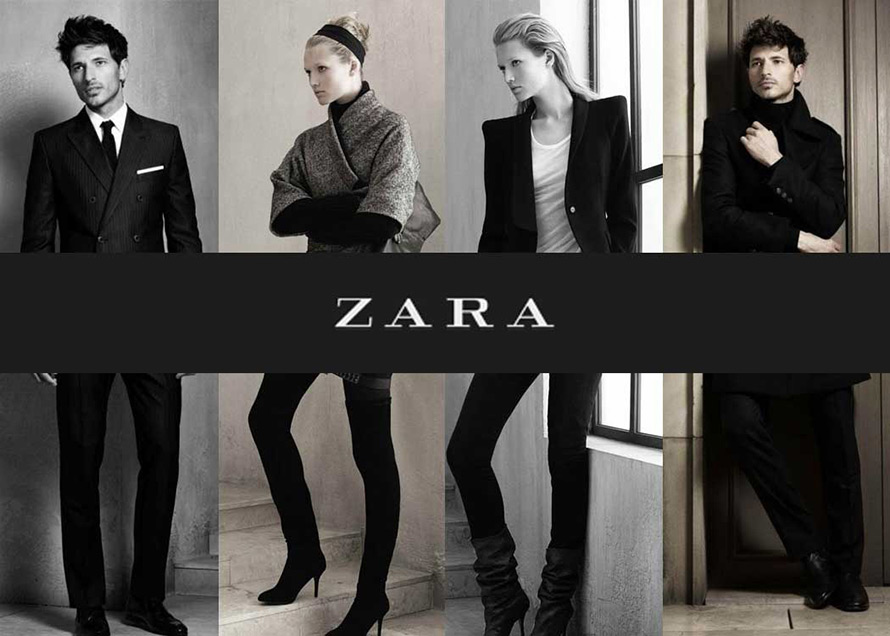
Zara is the most striking example of "fast fashion".
Thus, information about the fashion is propagated through five cycles. This information is global. That is, there are centers in which fashionable novelties somehow appear and then they are already written about them everywhere, as if they threw a stone into the water and circles went through the water. So or this? Is fashion global? It turns out not quite. Fashion is also local. That is, local tendencies and peculiarities exist. But at the same time, interestingly, these local features, local, are very closely intertwined with the global. The same is true for fashion information.
Global, local and as a result glocalization
Moreover, all this happens in a networked society.
But in order to determine how global or local are Internet sites, blogs, fashion magazines, first you need to understand the basic concepts that we will write about here. Namely, what is global and globalism, what is local, what is the process of glocalization and what is a networked society.
So, modern society is a networked society. And fashion is also an element of the networked society. That is, if we take into account the fact that media and information products dominate in a networked society, then we may well consider Internet sites writing about fashion as means of producing information products of fashionable topics.

Shot from the movie "The Matrix"
At the same time, as Jan van Dijk, a researcher of the network society, wrote, the network society has existed for a long time and had five stages of its development. The stage we are at today is the last one.
The very first stage in the development of a networked society is the time of hunters and gatherers. In those days, information was disseminated through the exchange of ideas and cultural traditions (songs and dances, technology).
The second stage is the emergence of cities. This is the time of the first civilizations - Egypt, Mesopotamia, India, China. The time when people in these empires were united, including information that was disseminated through caravans and ships. Perhaps it is at this time that information about fashion begins to spread. For example, it is known that in Ancient Egypt there were clay dolls, which spread throughout all regions of Egypt and thus demonstrated the fashion of that period.
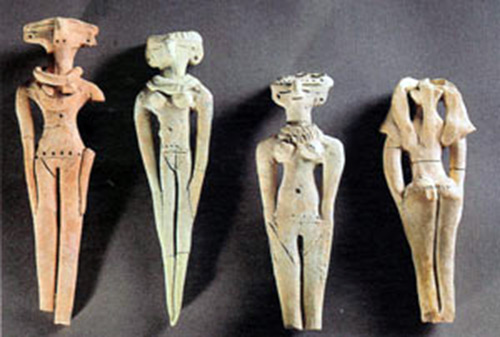
Egyptian terracotta dolls. XXI - XVII century BC NS.
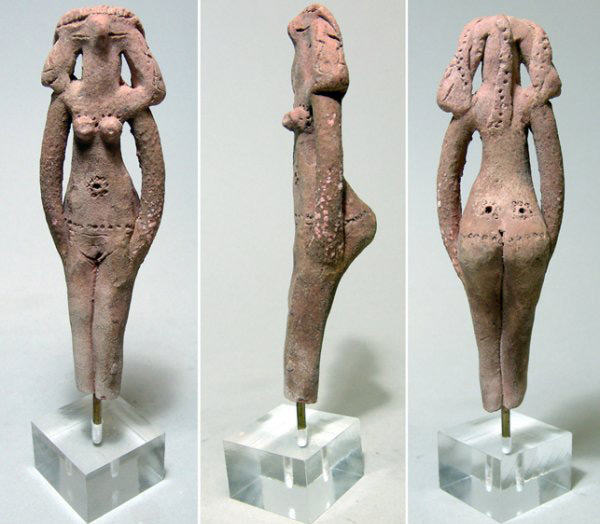
The third stage is the emergence of alphabetic writing, the spread of information and epidemics.
The fourth - after the discovery of America by Columbus. And one more significant point - by 1800 people are massively moving to cities, information begins to spread faster and faster.
The fifth stage is the global network.The speed of information transfer is increasing, and technologies are emerging that serve to transfer information. The fifth stage has two periods - the first is a mass society. The second is our time - a networked society. Regarding fashion, fashion magazines initially appear in this period - the end of the 19th century, and then Internet sites - the end of the 20th - beginning of the 21st century.
Thus, the formation of a networked society is directly related to the process of globalization of the world. And information about fashion, like any other information, takes on a global character.
And then glocalization comes in
However, not all so simple. The world is not becoming completely global. And fashion is not the same everywhere either. The local does not disappear. Researcher R. Robertson writes about such a concept as glocalization. Glocalization is a combination of the global and the local, namely the universal and the local. Local cultures interact with each other, and in any global processes in a particular region, elements of the local appear. That is, local cultures are gaining a "second wind", reaching the global level.
Glocalization is also associated with the economy - the need to take into account the local when expanding business around the world (for example, building chain stores). And this is not accidental, because globalization is primarily associated with the economy, and only then spreads to other areas.
It is also interesting that Robertson takes the interpretation of the word glocalization from the Oxford Dictionary, in which this word is tightly linked with Japan - "after the model of the Japanese dochakuka (derived from dochaku" living on his own land "), originally an agricultural principle of adapting agricultural techniques to local conditions, but also in Japanese business designation for global localization, global perspectives are adapted to local conditions. "
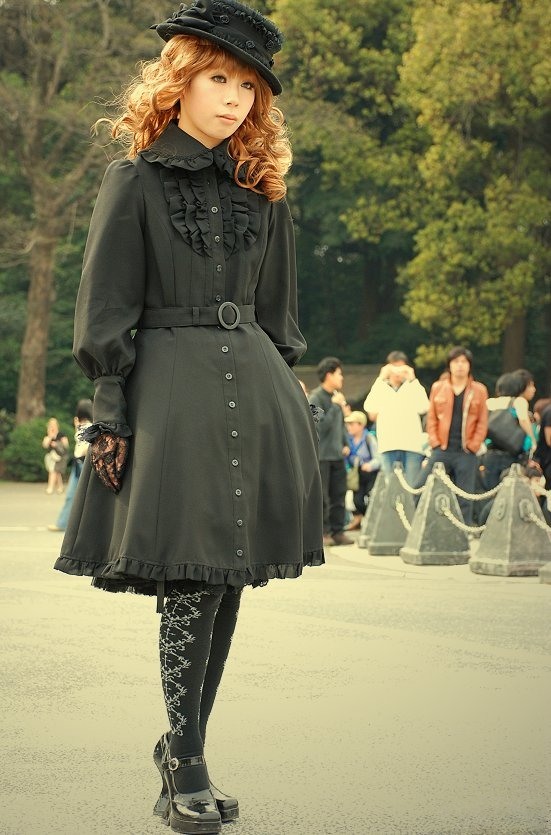
Gothic Lolita style. Japan. Both Gothic and the literary character Lolita himself are European influences, but transformed within the framework of Japanese culture.
Thus, glocalization is an attempt to find a compromise between the global and the local. Best of all, glocalization processes can be observed in the Asian region, the same Japan, which, perhaps, is due to both traditions and history, and significant cultural differences between the countries of Asia and Europe.
So back to fashion websites and blogs. On the example of these sites, it is quite definitely possible to show that fashion as a whole is a phenomenon both global and local. Fashion is very susceptible to glocalization processes.
For example, the sites of fashion magazines. By themselves, the fashion magazines that exist today are a global phenomenon. Vogue, Vanity Fair, Tatler, Harper's Bazaar, L'Officiel or the same Fashion Collection published in Belarus and Russia. After all, these magazines have common materials prepared in the central office and local materials concerning the countries in which they are published.
For example, Fashion Collection is a Russian magazine that is also published in Belarus. On its pages, some of the materials concern Russian and world fashion, and some of the Belarusian. The same is with L'Officiel - a French magazine, but published, for example, in Ukraine. Sometimes the opposite occurs, articles about events in Ukraine (the Ukrainian fashion industry is quite developed and designers from Ukraine have repeatedly attended shows, for example, in Italy as part of a guest program) can get on the pages of the French L'Officiel, but they are extremely rare.
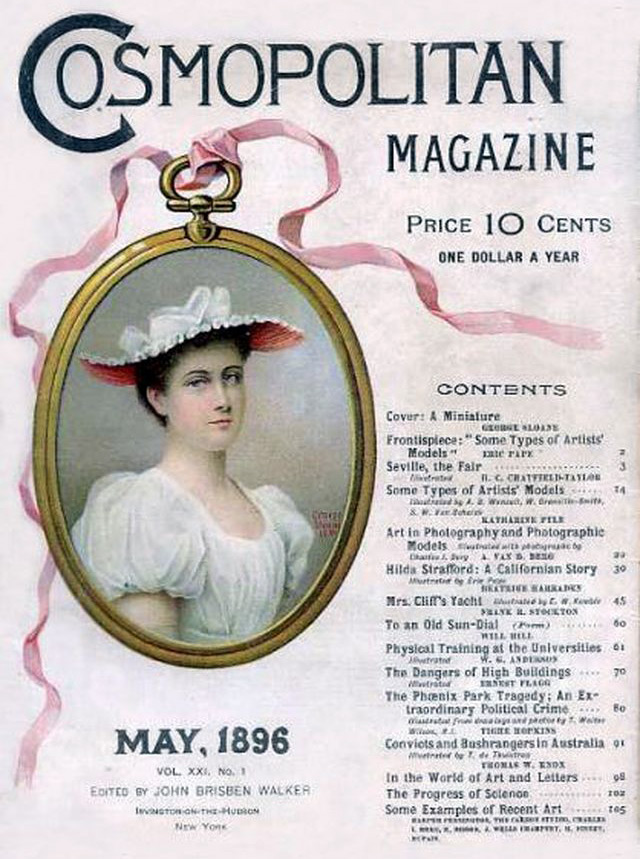
One of the first covers of Cosmopolitan magazine
One of the first Vogue covers
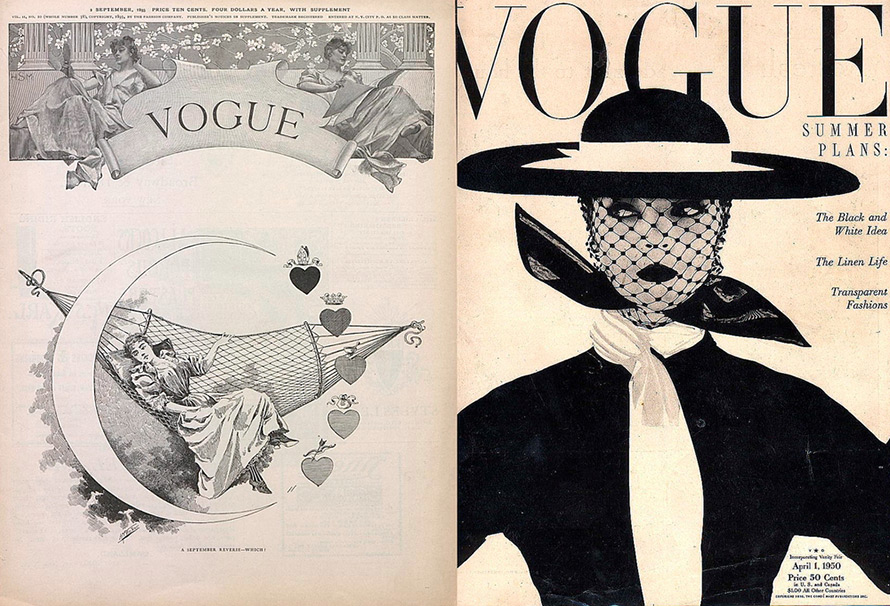
As for the sites, their content principles are the same. On such sites, be it https://www.vogue.ru/, https://www.vogue.co.uk, or https://www.vogue.co.jp/, you will not get confused without even knowing language, but the filling is often with a local flavor.
Likewise with the sites of Fashion Weeks. The principles of visual design of sites and sections are the same, but the content is different.
Fashion blogs. A fertile topic for analysis. They, like no other resources, combine the global and the local.Fashion blogs can be broken down into two broad categories - fashion blogs by fashion-savvy fashion critics who know fashion, and fashion blogs by female bloggers with an interest in fashion. At the same time, while the former can have good review articles and criticism, the latter will often have photographs of their own images.
Sometimes on the pages of fashion blogs you can see photos of street fashion. And here there is also a combination of external global construction with internal local content. We will find similar sections in any blogs, but local peculiarities will be hidden behind the external identical form.
Thus, information about fashion on the Internet is disseminated through thematic sites, fashion blogs, sites of fashion magazines and sites of Fashion Weeks. This information is both global and local in nature, while it is also within the five cycles of fashion development, which are inherently global.
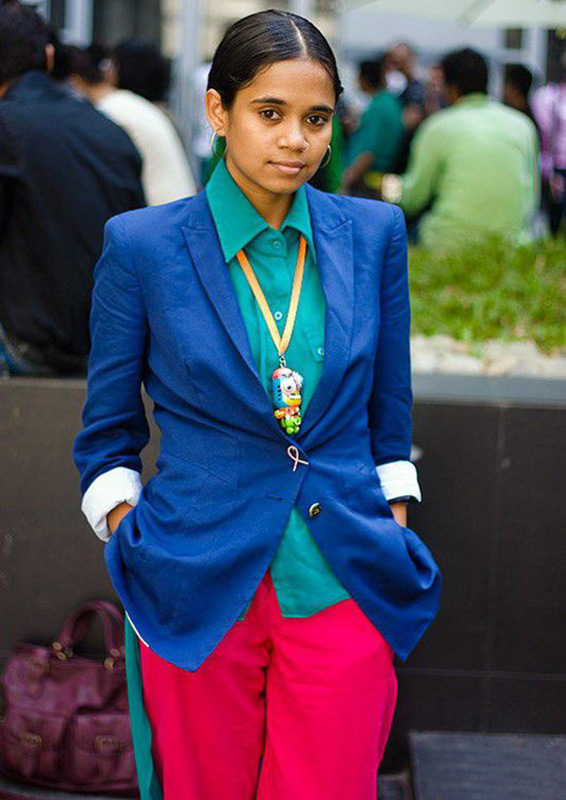
Street fashion. India
conclusions
That is, the trends that appear in fashion are the same for everyone. Fashion, passing through five cycles, spreads around the globe, as well as information about it. Information is disseminated in a variety of ways - through texts and photographs of journalists and fashion bloggers, through collections of designers (designers from the periphery often adopt the trends of the world's main catwalks), through street fashion (an image from the streets of London appears in Minsk after a while). But at the same time, in each region, fashion takes on a local local flavor - this is a direct process.
There is also a very interesting reverse process - designers from world catwalks are interested in elements of national cultures and borrow them. Thus, these elements, through the global fashion, return again to the local context of those cultures, from where they were borrowed. An example is 2024. Fashion for folk motives appears on the catwalks (Emilio Pucci - ornaments with echoes of the Inca heritage, Valentino - a collection in folk style). And within the framework of this trend, collections of Belarusian designers with elements of Belarusian ornament are demonstrated on the catwalks of the Belarusian Fashion Week - the HONAR brand, as an example.
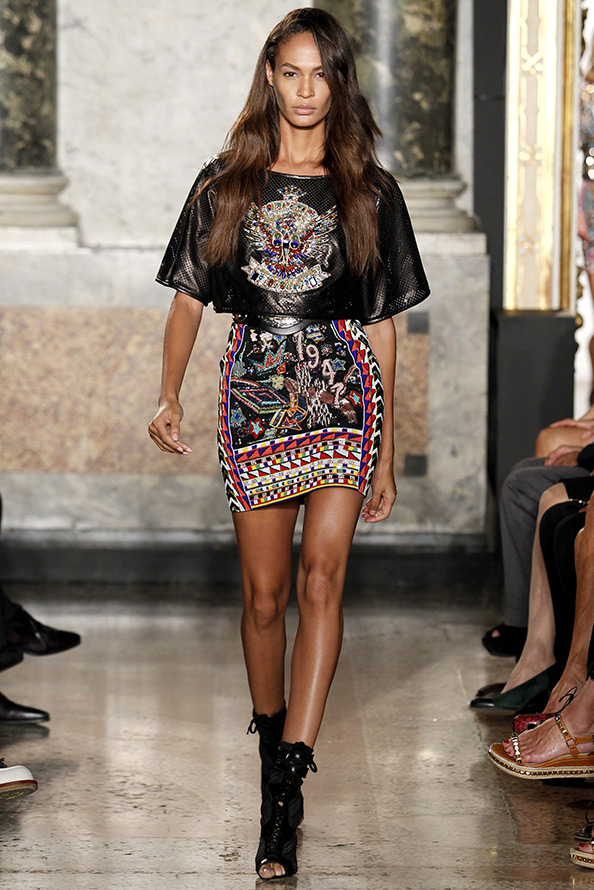
Emilio Pucci. Folk motives - the heritage of the Incas
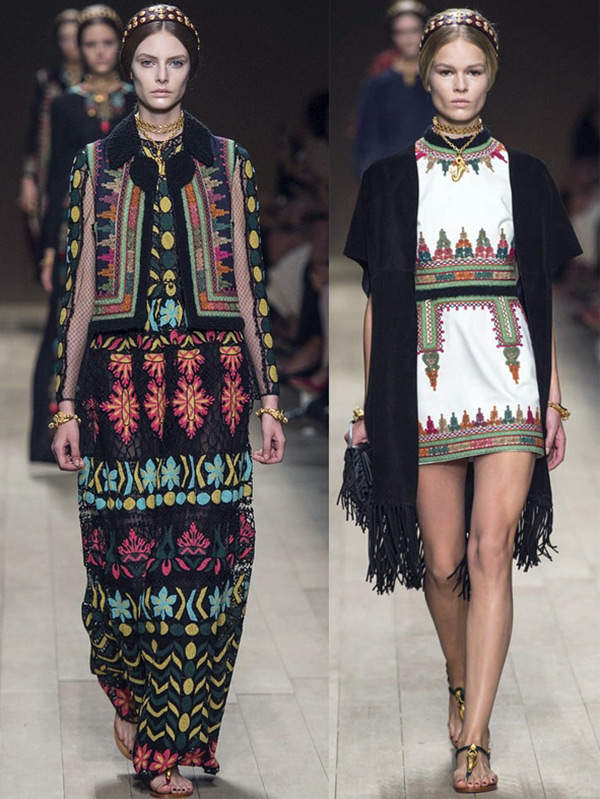
Valentino 2024
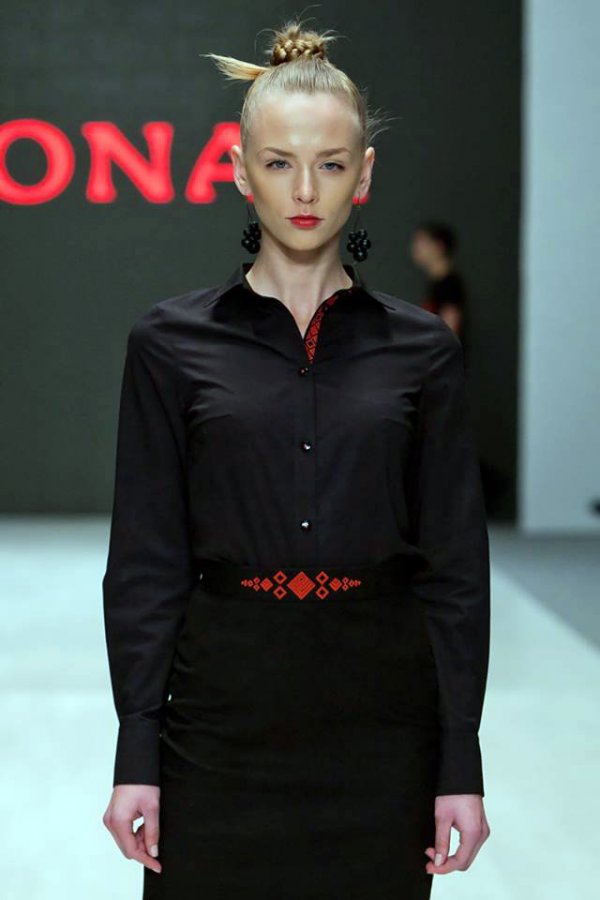
The Honar brand (Belarus) is a combination of the Belarusian national ornament with oriental motifs (bunches) in hairstyles.
The fashion industry is quite global, as are people from the fashion world - designers, photographers, models. Especially the latter - traveling between London and Tokyo. But, nevertheless, fashion is also an area in which it is very good at transforming the local into the global and returning it back to the local context. Isn't that what makes her (fashion) interesting? After all, then it turns out that it is fashion, like nothing else, capable of uniting the world, making it understandable and accessible to all. But at the same time, again, fashion, like nothing else, is able to tell the whole world about our uniqueness.
Veronica D. for mystyle.decorexpro.com/en/ magazine
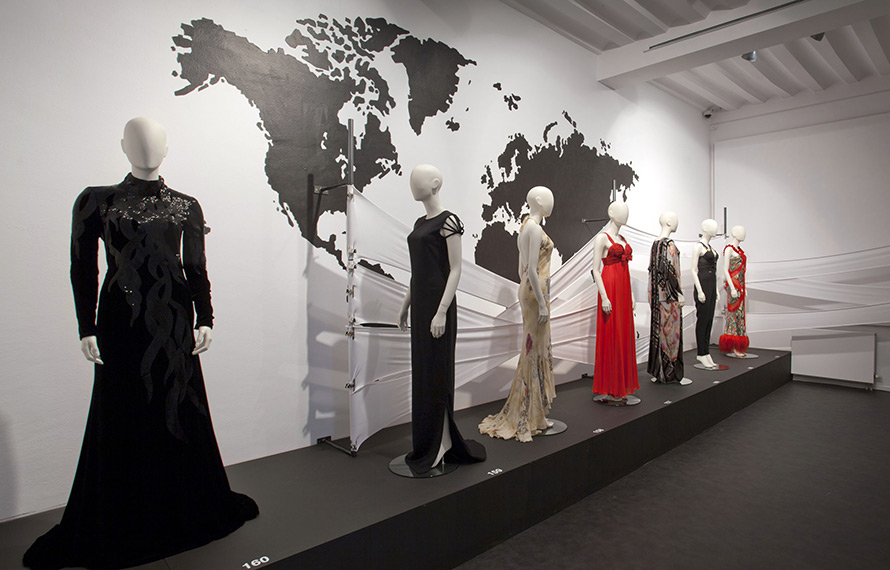
Comments and Reviews
Add a comment
Rating news
Shades of clothing that make women look younger
What shades of hair make women younger: rules and photos
Funny wedding dresses - photos and ideas
12 most expensive down jackets for the winter
How to look 25 at 40: tips from supermodels
Beautiful schoolgirls
Anti-aging haircuts and hairstyles for women
Fashionable skirts for autumn and winter
Fashionable women's trousers for the cold season
Fashionable and stylish sandals for summer 2024
Spring-summer 2024
 Fashionable dresses and tops with thin spaghetti straps
Fashionable dresses and tops with thin spaghetti straps
 Bandana tops: how to wear stylishly and beautifully
Bandana tops: how to wear stylishly and beautifully
 How to put together the perfect men's wardrobe for the summer
How to put together the perfect men's wardrobe for the summer
 Fashionable shorts for spring-summer 2024
Fashionable shorts for spring-summer 2024
 Fashionable skirts for spring-summer 2024: a guide to online shopping
Fashionable skirts for spring-summer 2024: a guide to online shopping
 The most fashionable dresses spring-summer 2024: styles and colors
The most fashionable dresses spring-summer 2024: styles and colors
 Fashionable total look 2024: ideas of images and trends
Fashionable total look 2024: ideas of images and trends
